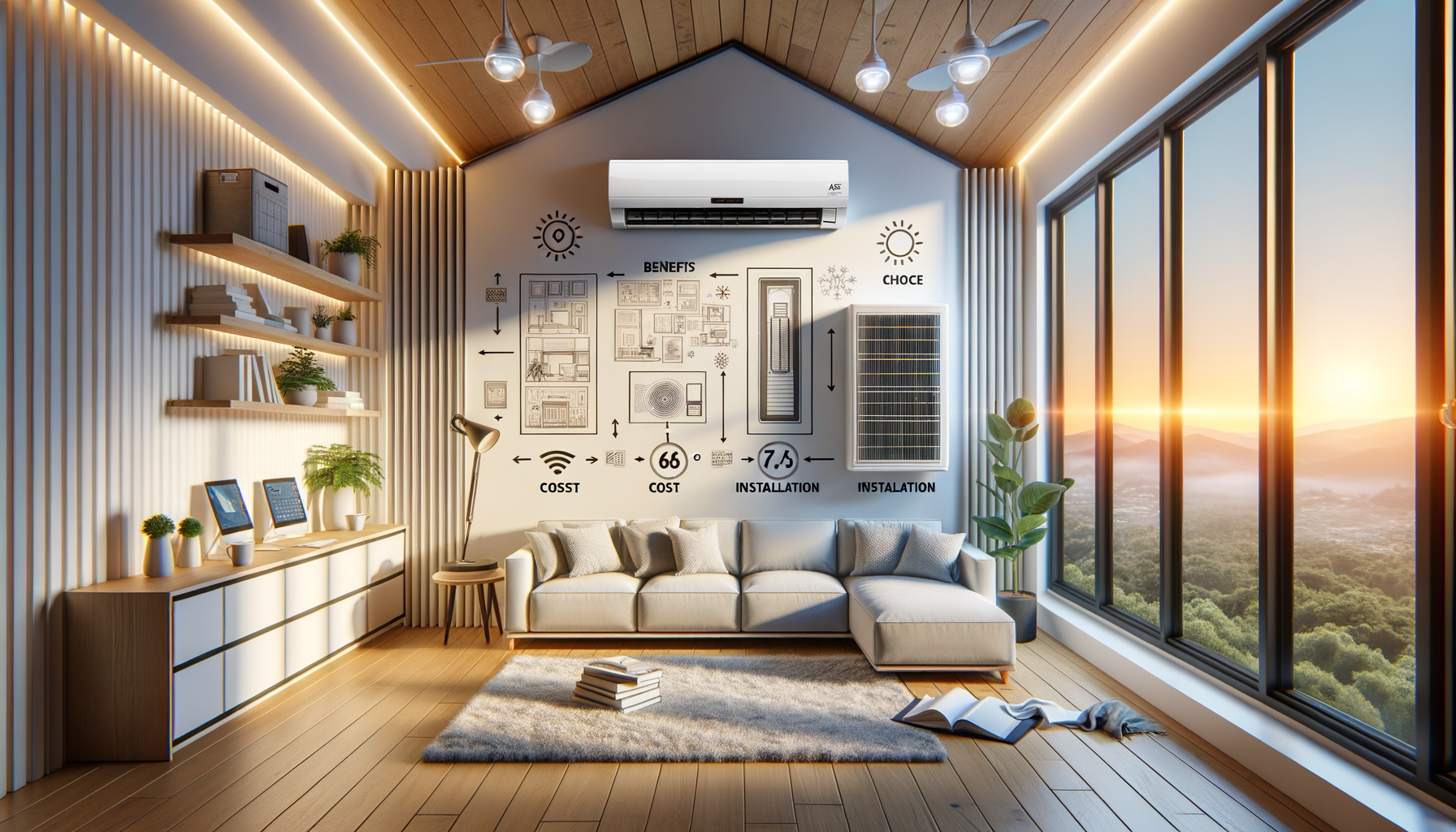
2025 Mini-Split AC Guide: Costs, Rebates & Efficiency
Introduction to Mini-Split Systems
As we advance into 2025, the demand for efficient and flexible cooling solutions is on the rise. Mini-split air conditioning systems have become increasingly popular due to their energy efficiency, ease of installation, and ability to provide targeted comfort in various spaces. This guide explores the costs and rebates associated with mini-split installations, offers insights into choosing the right system for your home, and highlights the energy efficiency benefits of ductless ACs.
Mini-Split Installation Costs and Rebates
Installing a mini-split system involves several cost components, including the unit price, installation labor, and potential modifications to existing infrastructure. On average, the cost of a mini-split system can range from $2,000 to $7,000, depending on the number of indoor units and the complexity of installation. It’s essential to consider both the upfront costs and the long-term savings on energy bills when evaluating the overall expense.
Fortunately, many regions offer rebates and incentives to encourage the adoption of energy-efficient systems. These can significantly offset the initial investment. It’s advisable to check with local utility companies and government programs to discover available rebates. By taking advantage of these incentives, homeowners can reduce their carbon footprint while enjoying modern comfort.
Choosing a Mini-Split System for Your Home
Selecting the right mini-split system involves evaluating several factors to ensure it meets your specific needs. First, consider the size of the area you wish to cool or heat. Mini-split systems are available in various capacities, and choosing the correct size is crucial for optimal performance and efficiency.
Additionally, consider the number of indoor units required. Multi-zone systems allow you to control the temperature in different rooms independently, offering personalized comfort. It’s also important to assess the energy efficiency ratings of the units, typically indicated by the Seasonal Energy Efficiency Ratio (SEER) and Heating Seasonal Performance Factor (HSPF). Higher ratings indicate better energy efficiency.
Finally, look for features that enhance convenience and control, such as programmable thermostats, remote access via smartphone apps, and compatibility with smart home systems. These features can further enhance the user experience and energy savings.
Energy Efficiency Benefits of Ductless ACs
Ductless mini-split systems are renowned for their energy efficiency, primarily because they eliminate the energy losses associated with ductwork in traditional HVAC systems. According to the U.S. Department of Energy, duct losses can account for more than 30% of energy consumption in some homes. By opting for a ductless system, homeowners can significantly reduce these losses.
Moreover, mini-splits offer zoned cooling, allowing users to cool only the occupied areas of their homes. This targeted approach reduces energy waste and contributes to lower utility bills. Additionally, many mini-split systems are equipped with inverter technology, which adjusts the compressor speed to maintain a consistent temperature, further enhancing energy savings.
The environmental benefits are also noteworthy. By consuming less energy, ductless systems contribute to reduced greenhouse gas emissions, aligning with global efforts to combat climate change. Homeowners who prioritize sustainability will find mini-split systems to be a responsible choice.
Conclusion: Embracing Energy-Efficient Cooling Solutions
In conclusion, mini-split air conditioning systems offer a compelling combination of efficiency, flexibility, and modern convenience. By understanding the installation costs and exploring available rebates, homeowners can make informed decisions that align with their budgets and environmental goals. Choosing the right system requires careful consideration of the space requirements and desired features, ensuring optimal comfort and energy savings.
As energy efficiency becomes increasingly important in 2025, ductless ACs stand out as a practical solution for reducing energy consumption and minimizing environmental impact. By embracing these systems, homeowners can enjoy enhanced comfort while contributing to a sustainable future.

